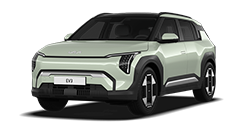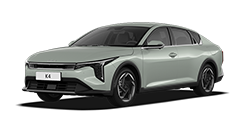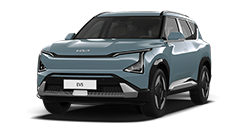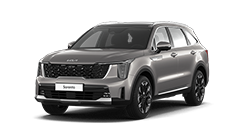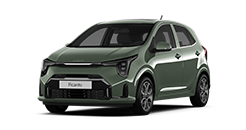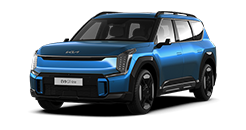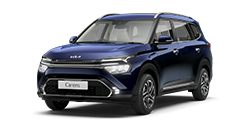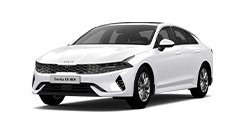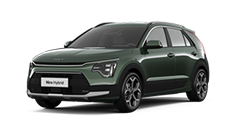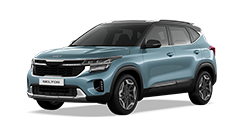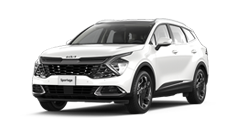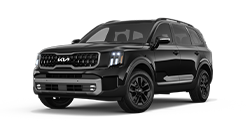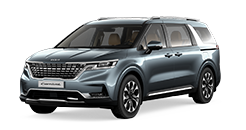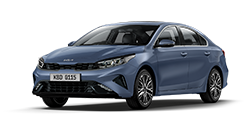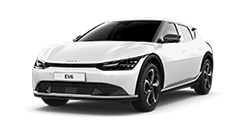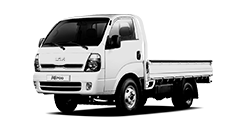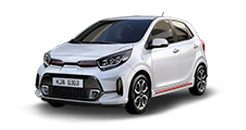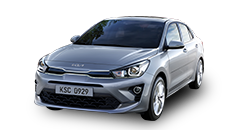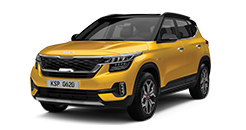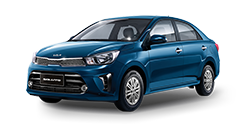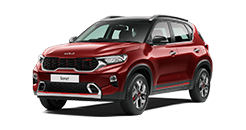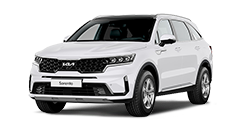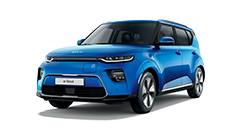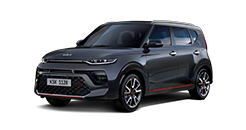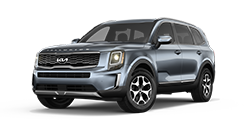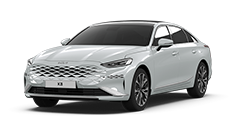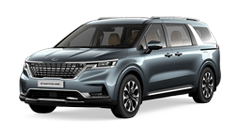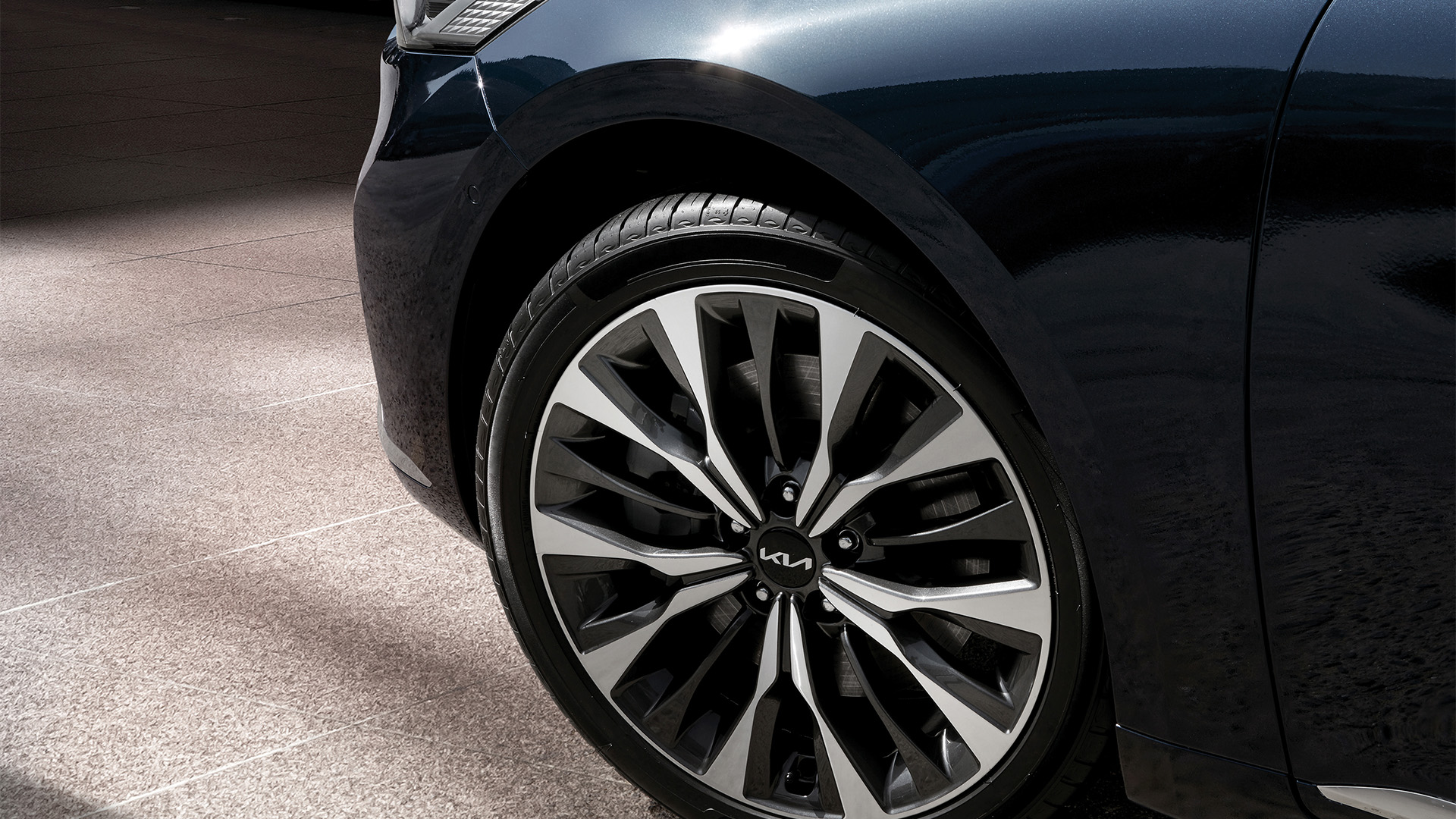
Tires
Recommendations for Your Kia
How to Read Tire Sizes
The number on the side of the tire indicates its size.
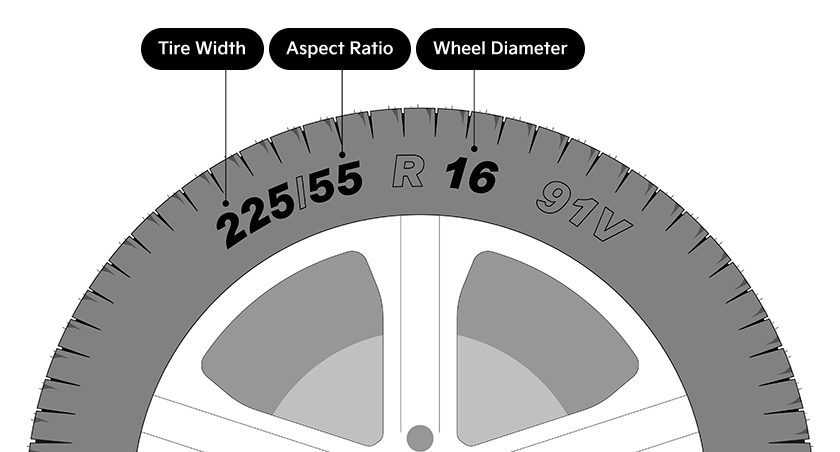
-
225Tire Width: The distance in millimeters between the two sidewalls.
-
55Aspect Ratio: The percentage ratio of the tire's sidewall height to its width.
-
16Wheel diameter in inches.
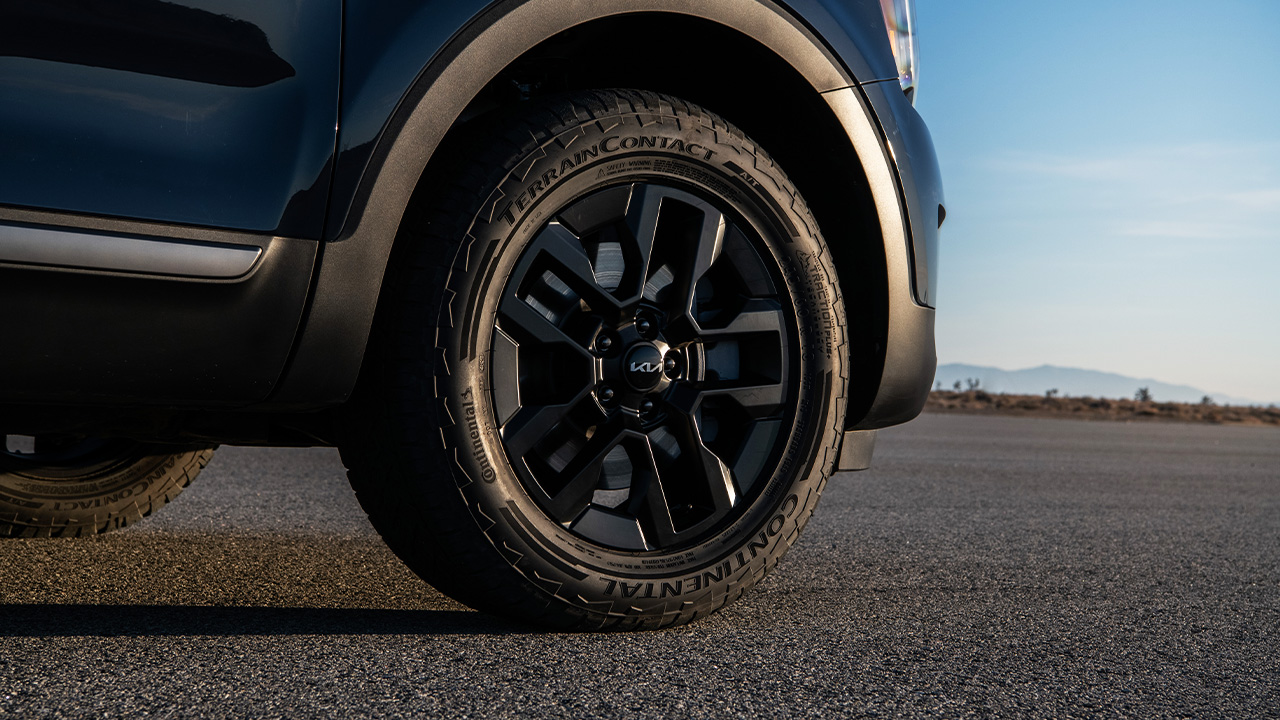
Tires for Your Kia
Why Winter Tires Are Important?
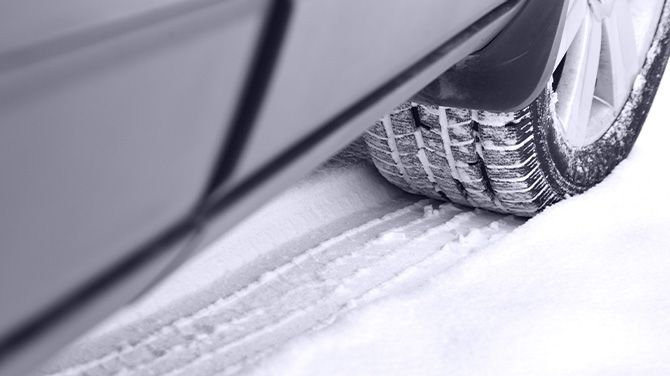
Enhanced Winter Braking Performance
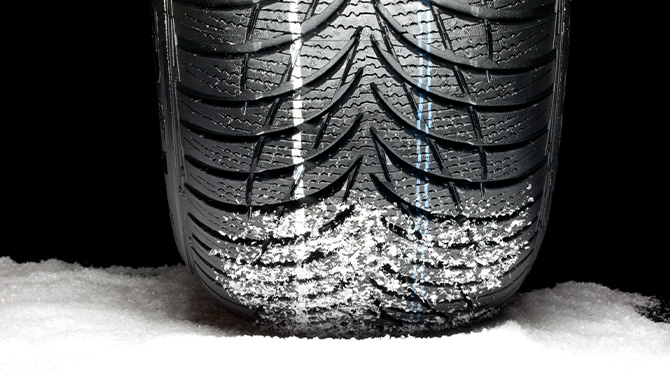
Better Traction in Winter
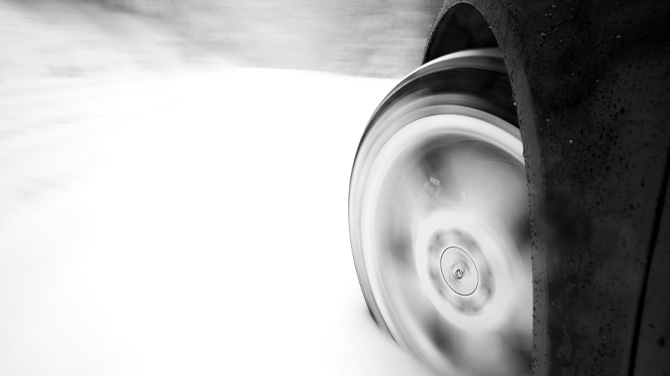
Handling
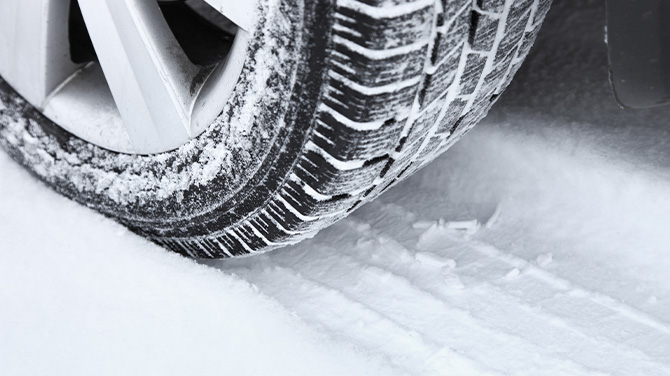
When to Switch to Winter Tires
Tire Maintenance and Care Tips
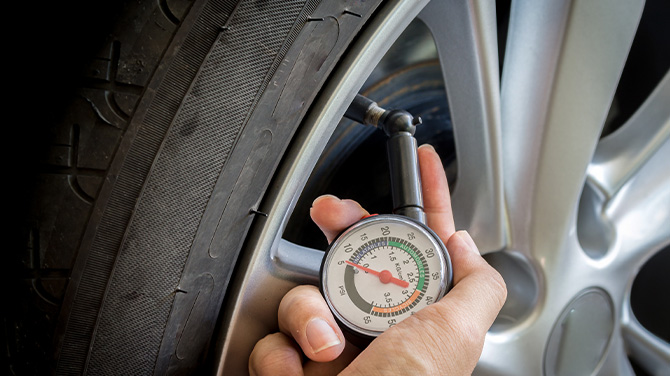
Tire Pressure

Wheel Alignment
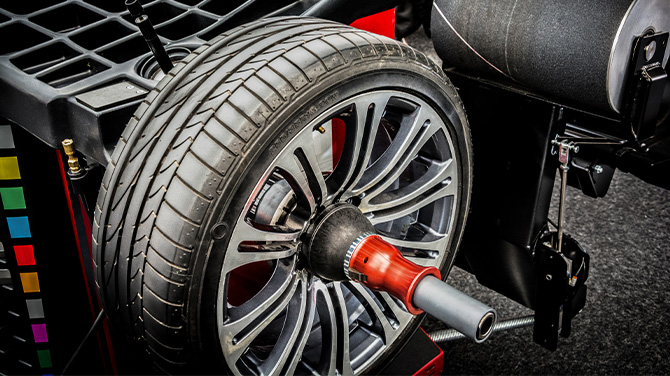
Wheel Balancing
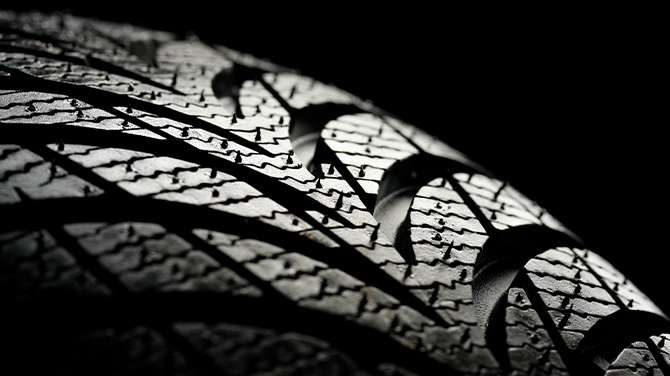
Rotation
FAQ
-
You can check the recommended tire pressure for your vehicle by looking at the tire pressure label attached to the center pillar next to the driver's seat or by checking the owner's manual.
-
If your Kia was launched after mid-2010, it may have a Tire Pressure Monitoring System (TPMS) that constantly checks tire pressure. During winter, the TPMS may alert you with the tire pressure warning light if there's low air pressure caused by underinflation or puncture. To resolve this issue, you can use the tire mobility kit or take your vehicle to a Kia Service Center for inspection and repair.
-
Wheel alignment involves adjusting the angles of your Kia's steering and suspension components to their original specifications. Misalignment can cause uneven tire wear, noise, and vibrations. This can be due to factors like tire condition, driving habits, and environment. To prevent these issues, it's recommended to have your wheels aligned after changing your tires.
-
Check the tire tread depth and replace the tire if it's less than 1.6mm in general road driving or less than 2.4mm in highway driving.
-
If you have tire damage while driving, it's critical to act quickly to avoid accidents. First, pull over safely and turn on hazard lights and parking brake. Next, use the tire mobility kit to temporarily fix the puncture. Then, drive at a maximum speed of 80km/h to the nearest tire shop or Kia Dealer. If you can't move, call Kia Roadside Assistance.
